Nesidiocoris tenuis
- 500 individuals
-
Release and Application Recommendations:
-
Crop Type: Nesidiocoris tenuis is effective on tomatoes, peppers, and eggplants.
-
Release Time: It is recommended to release the insects in the evening when the greenhouse is closed.
-
Application Process: Open the container before applying to the crops. It is recommended to apply entoculture before releasing the predator. Any remaining feed should be stored in the freezer.
-
Application Method: Lift the wood chips at the outlet of the tube, carefully twist it, and gently tap to release the predator while walking through the rows of crops. Application can be carried out near the food or pest source.
-
Feeding Frequency: Apply entoculture at 1-2 grams per plant twice a week to reinforce the population and accelerate predator development.
Recommended Application Rates
Crop Type Prevention Application Rate Based on Pest Object Complexity and Region Low Medium High Tomato 3 Pepper 2 Eggplant 2 Number of Applications At the beginning of the crop rotation -
Appearance
Nesidiocoris tenuis are small insects (about 5 mm) with an oval body. Their color ranges from light green to light brown. The head features two distinctive black dots behind the eyes. The antennae are dark, with a characteristic contrast compared to the body.
| Temperature | 10 °C | 15 °C | 20 °C | 25 °C | 30 °C | Culture | Prey |
|---|---|---|---|---|---|---|---|
| Development Time (days) | |||||||
| Egg | 38.5 | 20.5 | 13.2 | 12.1 | Tomato | Whiteflies | |
| Nymph | 60.4 | 32.1 | 22.3 | 21.5 | Tomato | ||
| Total | 267 | 98.7 | 52.6 | 35.5 | 33.6 | ||
The predator is effective on tomatoes, peppers, eggplants. After receiving the biomaterial, release the insect in the evening, when the transoms of the greenhouse are closed, according to the instructions below. Each container should be opened immediately before use on the crop itself, where the application will be made. Before the predator is evicted, entokorm must be introduced. Leftover food should be stored in the freezer.
Gently lift a part of the wood shavings at the outlet of the tube, scroll it and lightly tap the entomophage in place of the spilled feed, passing through the rows of the crop. The application can be carried out directly on the cube, next to the stems of the tomato or on the leaf apparatus of the plant. Repeat these steps with each subsequent container, evenly spreading the macrolofus over the biorows.
Feed should be poured in a small amount of 1-2 g per plant at the places where Macrolofus is applied. It is better to scatter on the upper tiers of leaves so that Macrolofus lays eggs near a food source (pest outbreak or top dressing). Feeding should be carried out every week twice in order to consolidate the population of Macrolophus and accelerate the timing of its development. Leave the container and wood shavings on the crop for a few hours to allow the remaining insects to enter the plants.
Recommendations on applying
| Type of culture | Prevention | Application rate based on the complexity of the object and the region for pests | ||
|---|---|---|---|---|
| small | average | high | ||
| light culture | 3 | |||
| Without light culture | 2 | |||
| Number of deposits | At the beginning of cultural turnover | |||
Packaging of Nesidiocoris tenuis:
A plastic bottle with a volume of 200 ml — 500 individuals.
Storage of Nesidiocoris tenuis:
Short-term storage: The produced biological material (adults and nymphs of the predatory bug) can be stored in the refrigerator at a temperature of 12-15 °C for no more than one day.
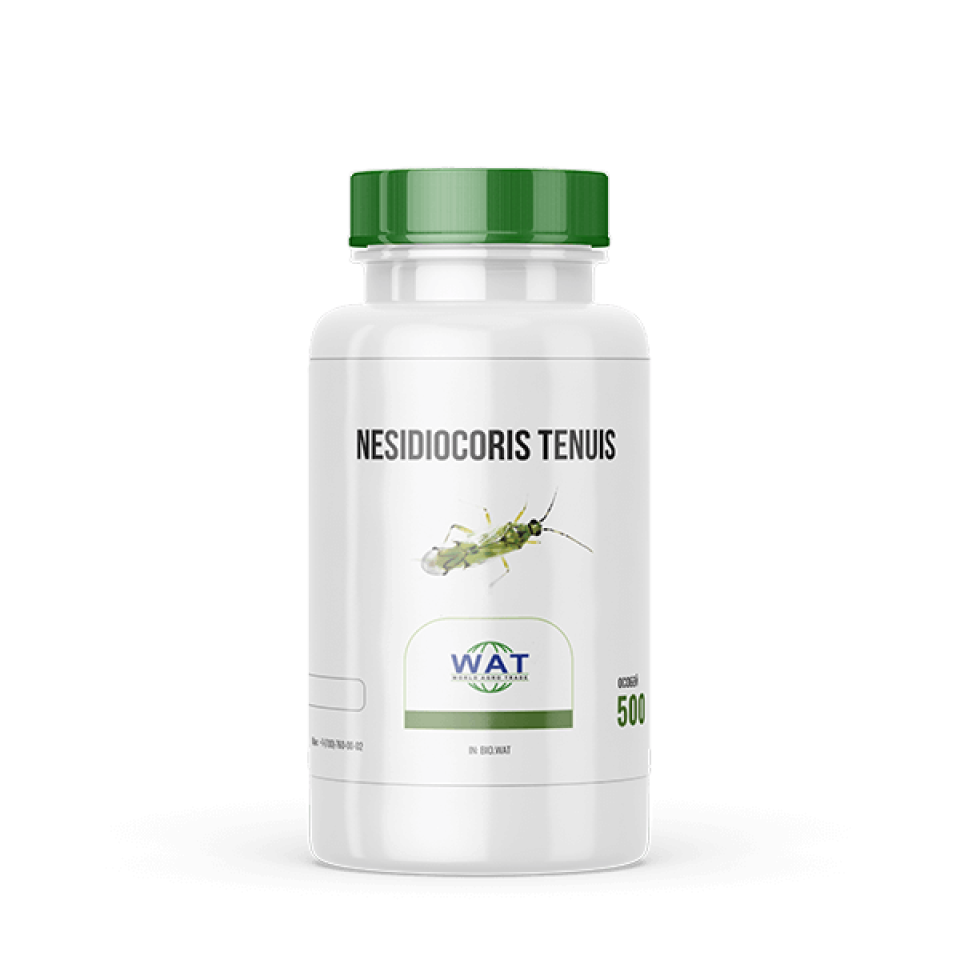

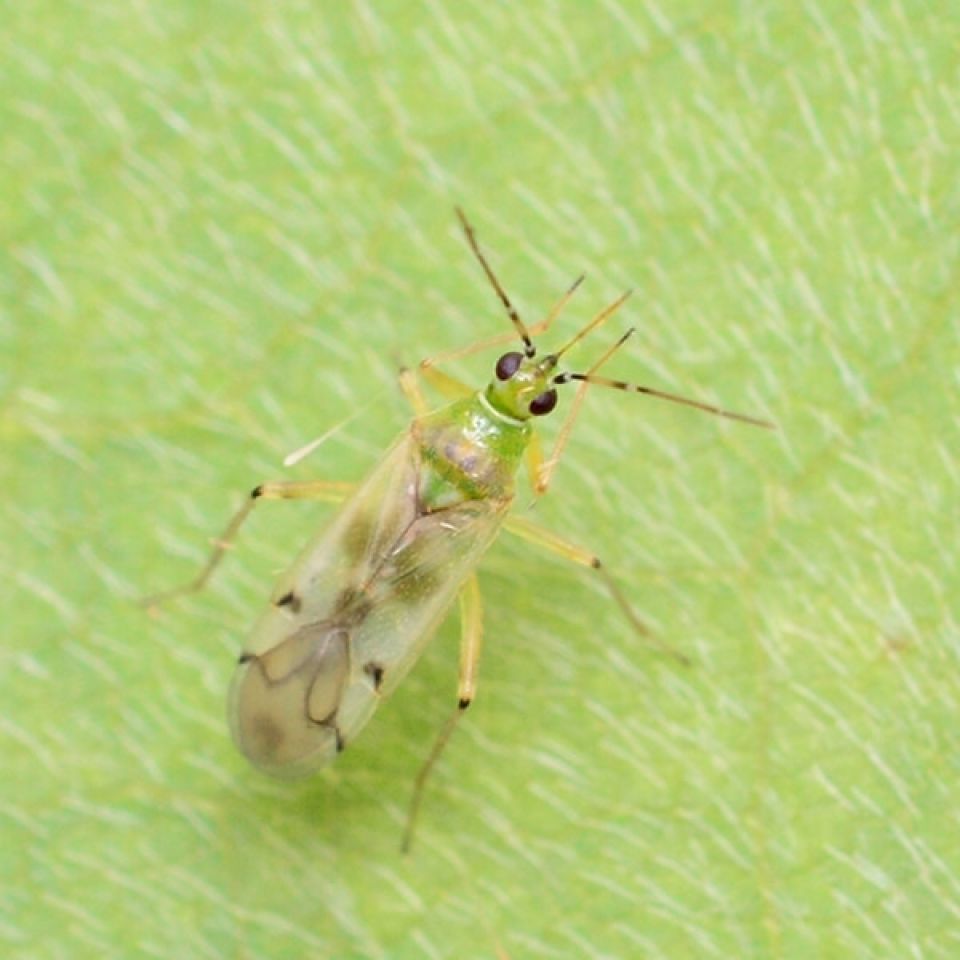
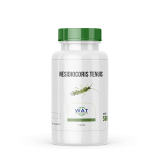
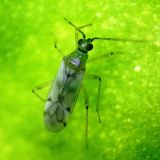
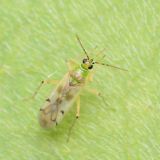
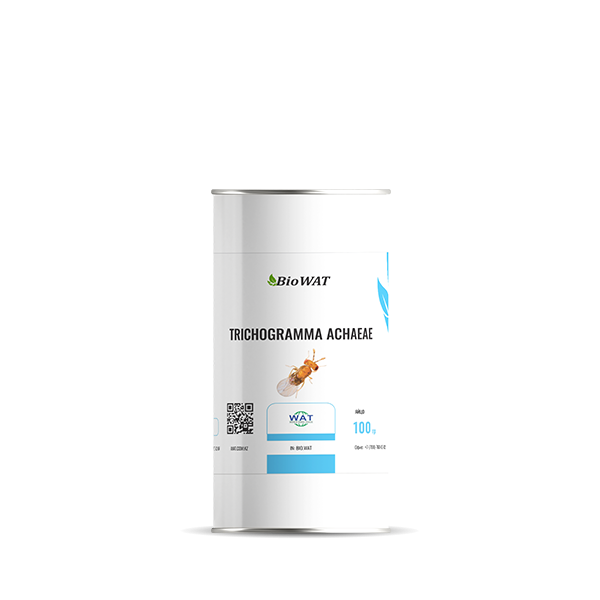
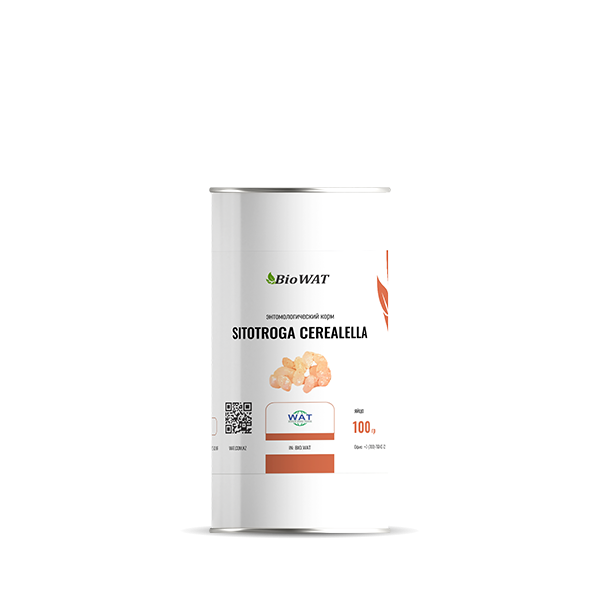
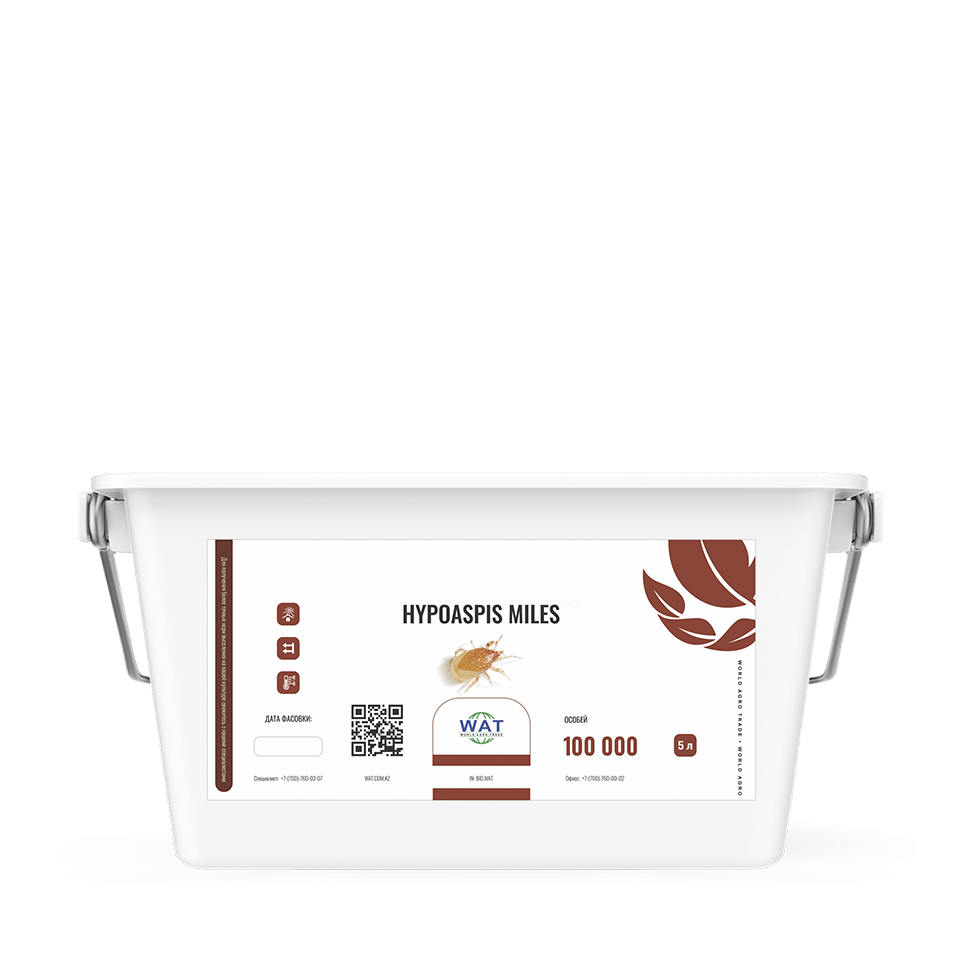
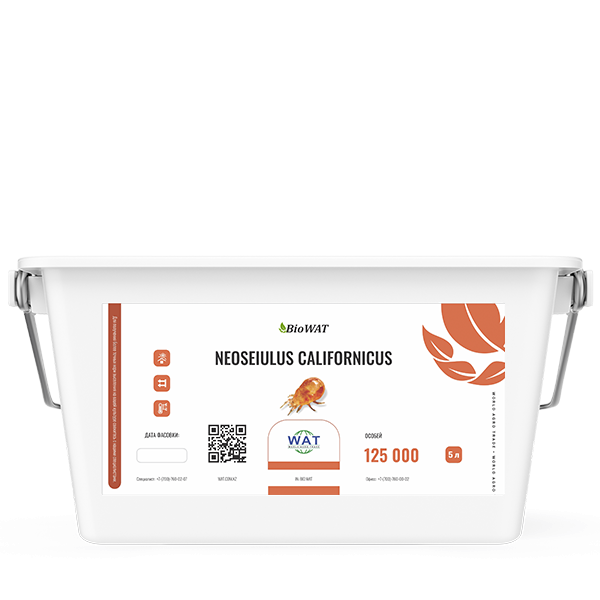
 WhatsApp
WhatsApp